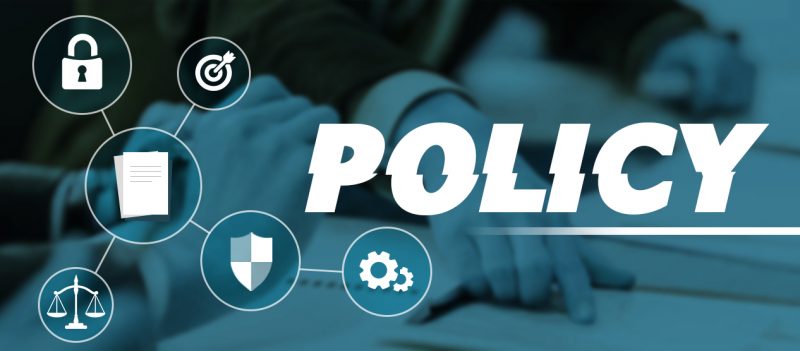In today’s digital age, where cyber threats lurk around every corner, fortifying your IT infrastructure is no longer optional. It’s a critical business imperative. But where do you begin?
This blog post is your one-stop shop for crafting a robust IT security posture. We’ll delve into the world of IT security templates and policy documents, providing a clear roadmap to safeguard your valuable data and systems.
How do you write a security policy document?
Writing a strong security policy document is key to protecting your organization’s information and systems. Here’s a breakdown of the steps involved:

Define Purpose and Audience:
- Start by outlining the policy’s purpose. What are you trying to achieve?
- Identify who the policy applies to. Is it for all employees, contractors, or specific departments?
Get Leadership Buy-in:
Include a statement from a senior leader expressing the organization’s commitment to information security. This shows everyone its importance.
Outline Security Objectives:
Define your goals for information security. IT policy documents should focus on the CIA triad: Confidentiality, Integrity, and Availability of data.
Detail Key Sections:
Here’s what to cover in the main body of your policy:
- Access Control: Who has access to what information and systems?
- Data Classification: Classify your data based on sensitivity.
- Acceptable Use: Set guidelines for using company devices and IT resources.
- Password Management: Define strong password requirements and usage policies.
- Incident Response: Establish procedures for handling security incidents.
- Security Training: Mandate security awareness training for all relevant personnel.
- Roles and Responsibilities: Clearly define roles and responsibilities for information security within the organization.
Implementation and Compliance:
- Explain how the policy will be implemented and enforced.
- Outline procedures for reporting violations and disciplinary actions.
What should be included in IT security policy?
Good IT policy documents should address a variety of areas to comprehensively protect an organization’s data and systems. Here are some key elements to consider including:

General Policy Framework:
- Purpose and Scope: Clearly outline the policy’s objectives and who it applies to (employees, contractors, etc.).
- Management Commitment: Express leadership’s support for the policy and security culture.
User Access and Responsibility:
- Password Management: Create strong password requirements and enforce regular changes.
- Acceptable Use: Define acceptable uses of company devices and resources, including restrictions on personal data storage or web browsing.
- Physical Security: Set guidelines for protecting physical devices like laptops and access to data centers.
Data Security and Protection:
- Data Classification: Classify data based on sensitivity and implement appropriate security measures for each level.
- Data Loss Prevention (DLP): Outline procedures to prevent sensitive data from being accidentally or intentionally leaked.
- Encryption: Mandate data encryption for sensitive information both at rest and in transit.
Incident Response and Business Continuity:
- Incident Reporting: Establish clear procedures for reporting suspected security incidents.
- Incident Response Team: Define roles and responsibilities for a team to handle security incidents.
- Business Continuity Plan: Include a plan for recovering critical systems and data in case of a disaster or outage.
